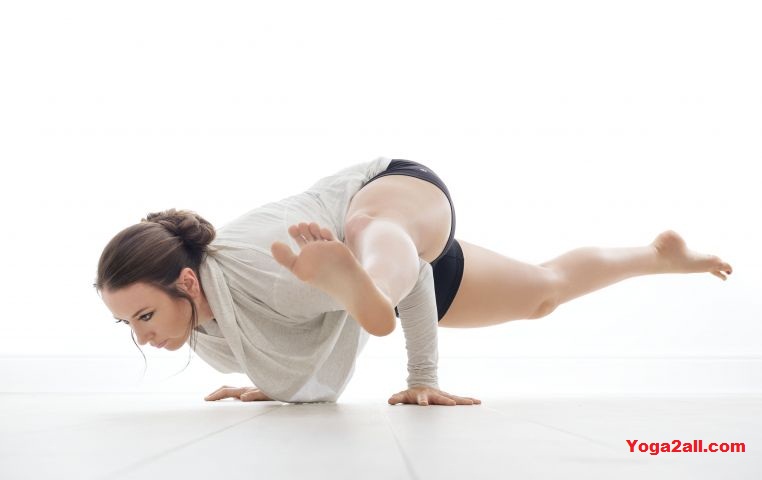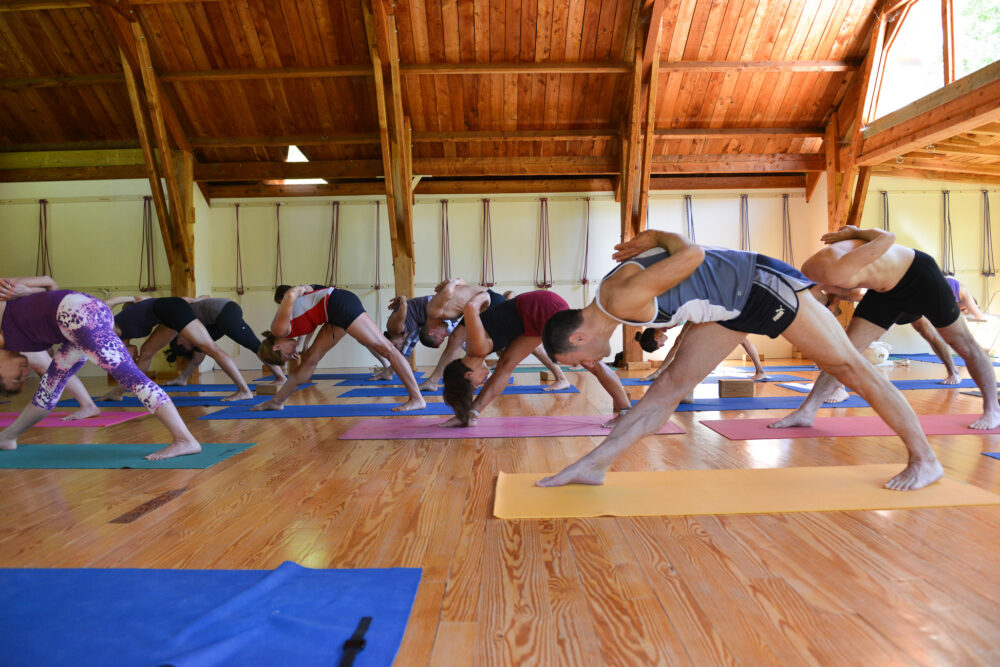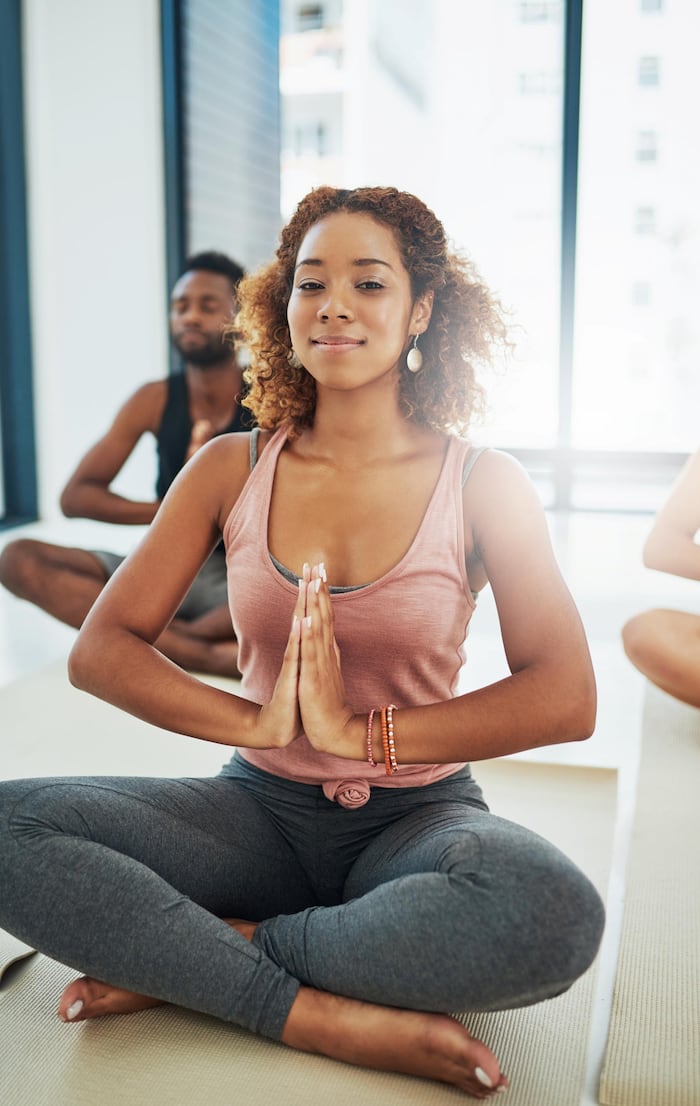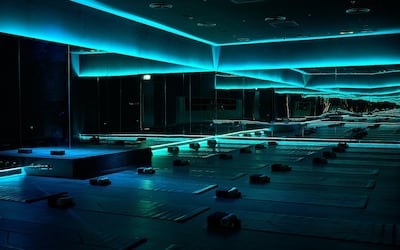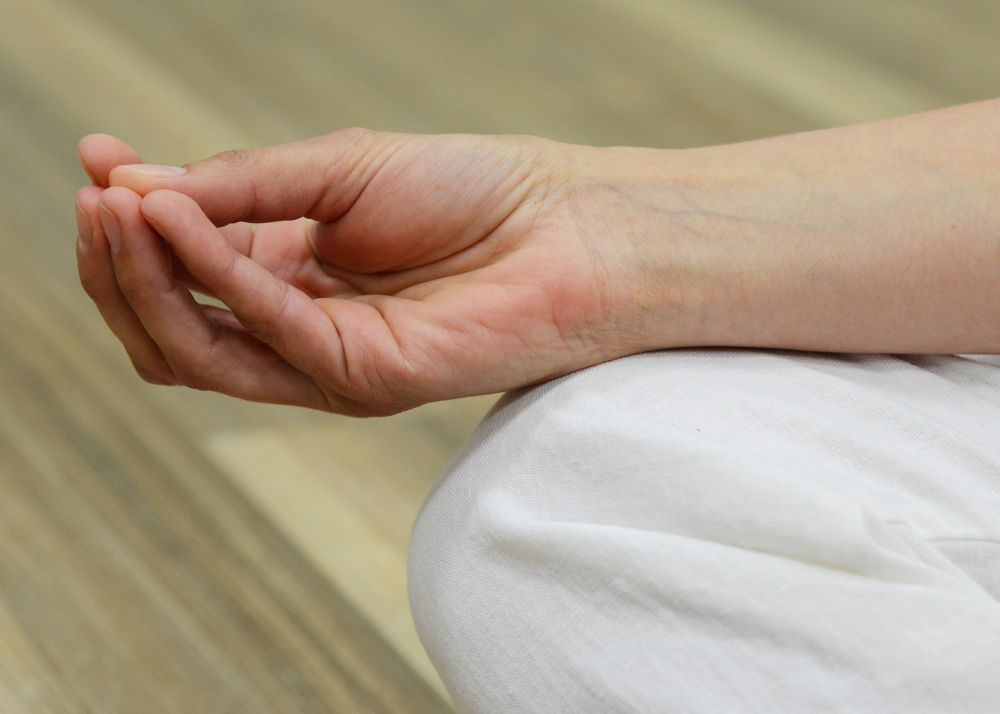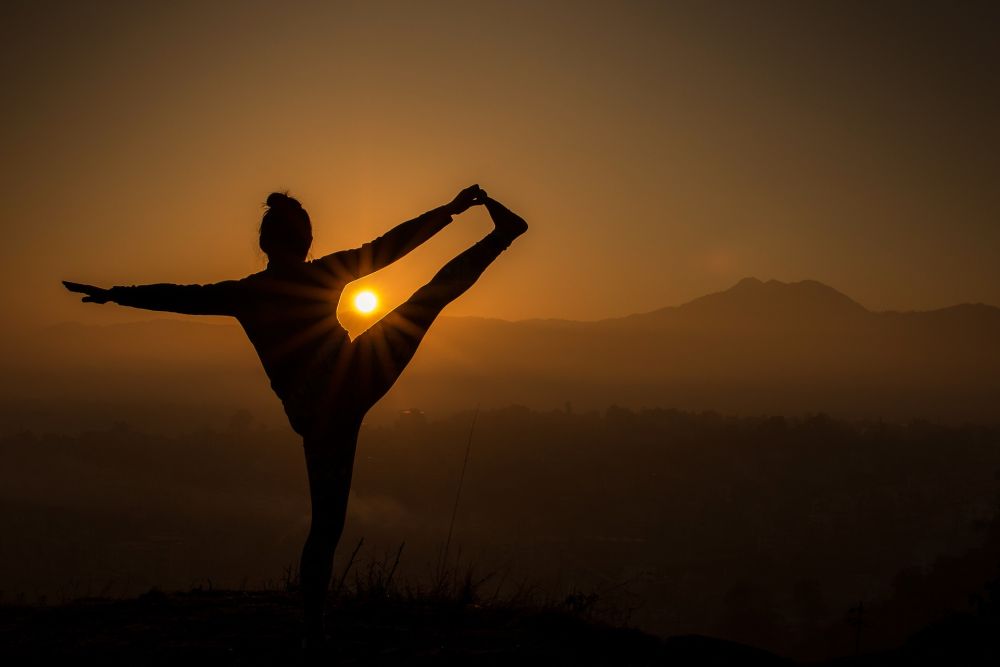Kundalini Yoga: Everything You Need To Know
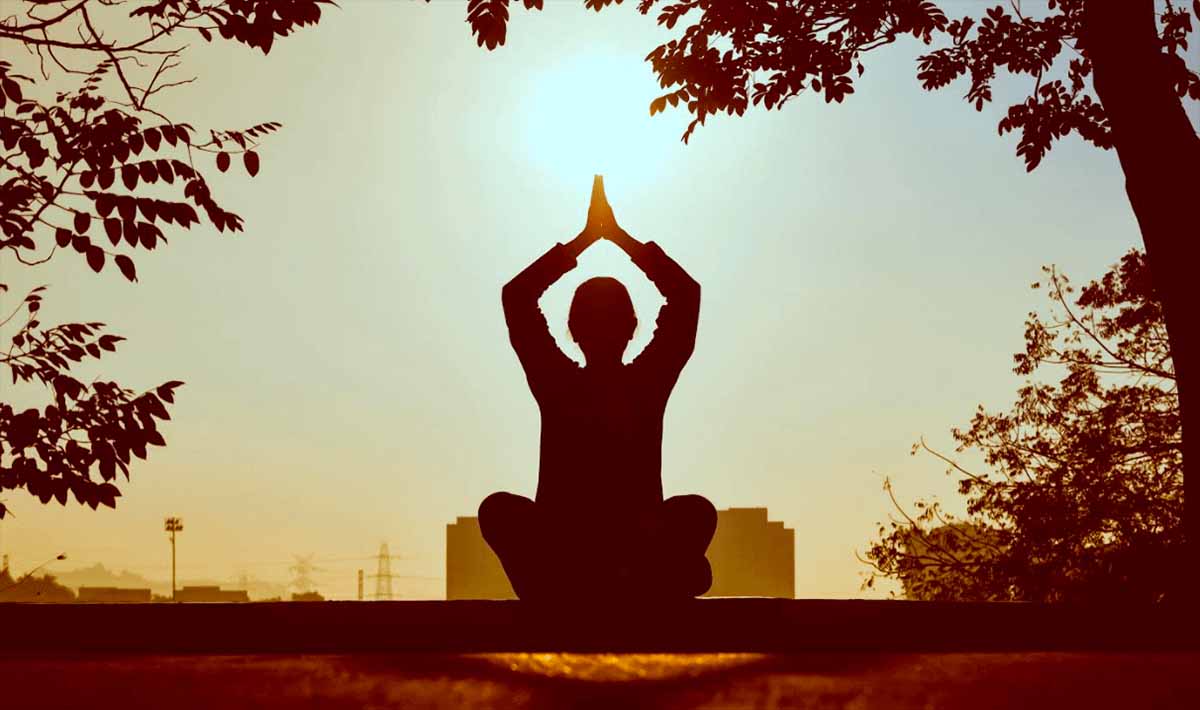
Kundalini is a spiritual energy that exists in everyone. The purpose of Kundalini Yoga is to awaken this sleeping spiritual energy and allow it to rise through the central channel, located along the spine out the top of your head so that you can experience higher levels of consciousness.
Kundalini Yoga is the centuries-old scientifically proven Kundalini awakening technique that awakens your creative energies and gives you access to deeper states of meditation.
Kundalini Yoga Meditation offers many benefits like increased energy levels, improved strength, more mental clarity, balance, and improved health. Many yogis consider this form of yoga a powerful tool for self-discovery, helping them become their best every day.
Yogi Bhajan brought Kundalini Yoga to the West in 1969 after studying and teaching for many years in India. He felt Kundalini Yoga was the perfect antidote to combat modern life’s stress, tension, and anxiety.
The practice can be physically strenuous, but its effects are well worth all the effort! Here are some tips on how to get started with kundalini yoga.
What equipment will I need for Kundalini Yoga?
If you live near a studio willing to let you drop in occasionally or have friends who do kundalini yoga, attending classes will be great fun and provide invaluable instruction. However, if this isn’t an option, for now, you can begin your practice with the help of some instructional videos.
When should I practice?
For peak results, it’s best to practice early[……]



